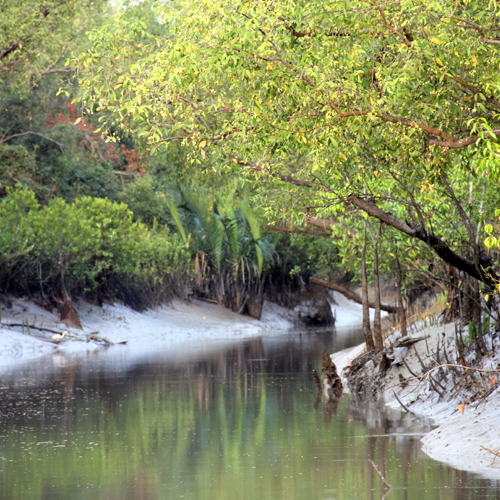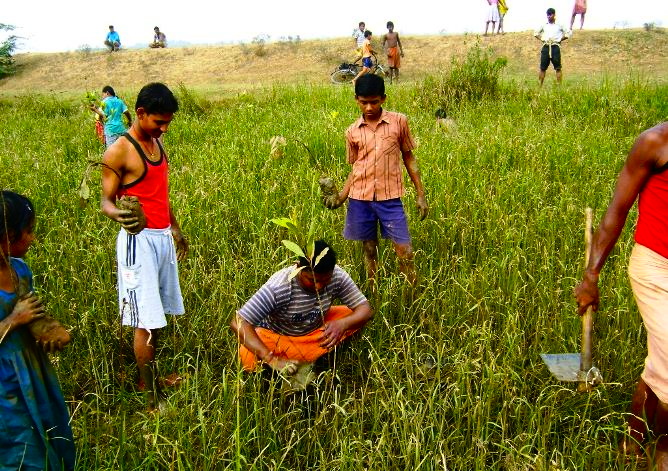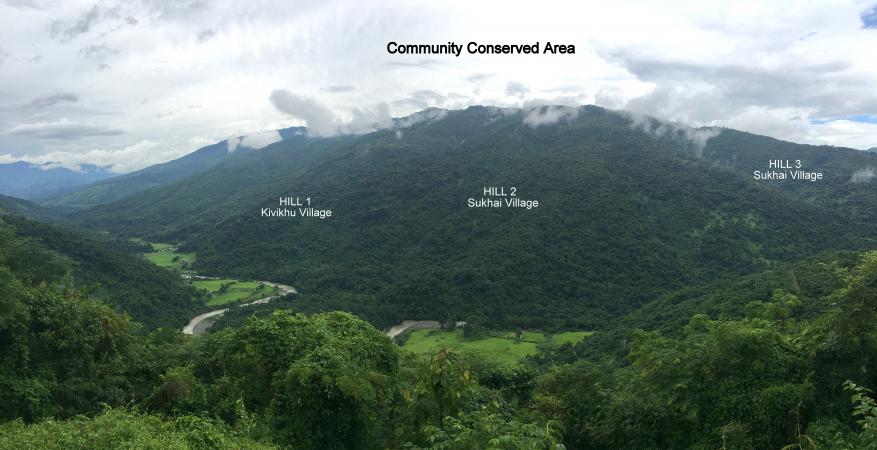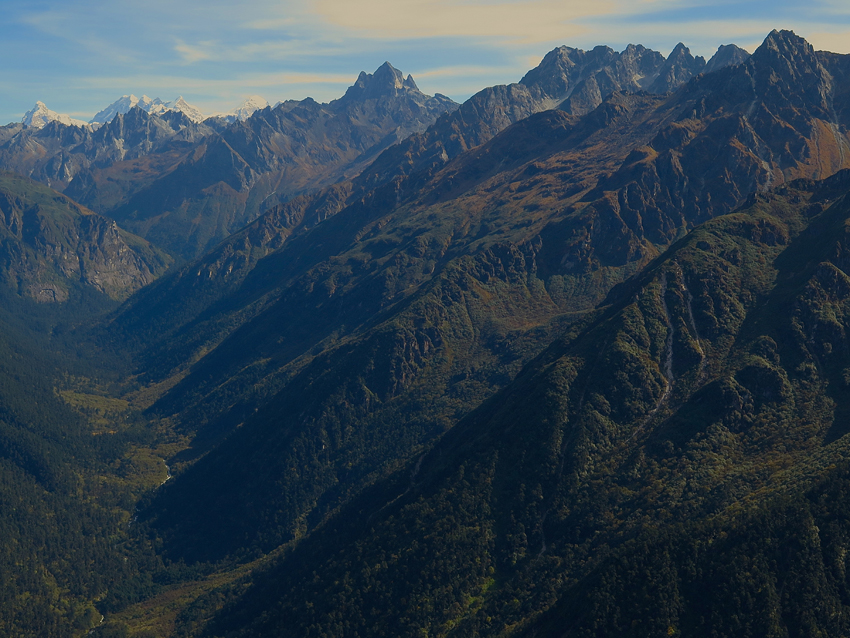Mangroves pivotal to protection of Bengal communities
A study has revealed that rice croplands which are protected by mangroves provide a stronger resistance to cyclones and therefore help support human lives in countries affected by tropical weather conditions.
The study, which took place at the Bhitarkanika National Park in India, a region which is frequently struck by intense tropical cyclones, also discovered that the productivity of rice croplands was greater in the years following a cyclone compared to the year of impact.
John Duncan, who led the case study, also concluded that it took three years for croplands with no mangrove buffer to recover to levels of productivity similar to croplands with low density mangrove buffer. The case study, which will be looked at during the 3rd World Conference on Disaster Risk Reduction (WCDRR) provides evidence that preservation or restoration of mangrove forests around the Bay of Bengal could increase the resilience of rice croplands.
"We demonstrated that mangroves in Bhitarkanika reduced the impact of a tropical cyclone on rice croplands," said Duncan, a Post-Doctoral Researcher from the University of Southampton. "This has important implications in showing the value that protected areas, and healthy ecosystems, can play in protecting resources crucial for supporting peoples livelihoods. In the case of Bhitarkanika we showed that the productivity in fields protected by the mangrove buffer recovered faster in subsequent seasons.
"Given that returns from rice farming support the livelihoods of much of the population here it illustrates how the presence of a protected area can reduce the longer-term impacts of the disaster on local food production, an important component of well-being for subsistence households. At a more abstract level it suggests that protected areas can play a role in mitigating the impact of natural disasters on positive development trajectories," he added.
This provides further proof of the value of preservation and expansion of mangrove buffers in protected areas as they offer a pathway to the reduction of the impact of cyclones on rice crop productivity and crucially help support human lives and food security for a large population of people in the developing world.
As one of the world’s disaster-poverty hotspots, Bhitarkanika NP is an area in which 39% of the population sit below the poverty line. A key goal for disaster management in this region is therefore to ensure that cyclone impacts do not turn into long-term disasters. The findings that mangroves play a key role in protecting the croplands could prove crucial for the future of both the local human and the diverse animal population which live in the areas such as the leopard cat, rhesus monkey and smooth Indian otter.
For more information on IUCN Disaster Risk Reduction work please contact camille.buyck@iucn.org






